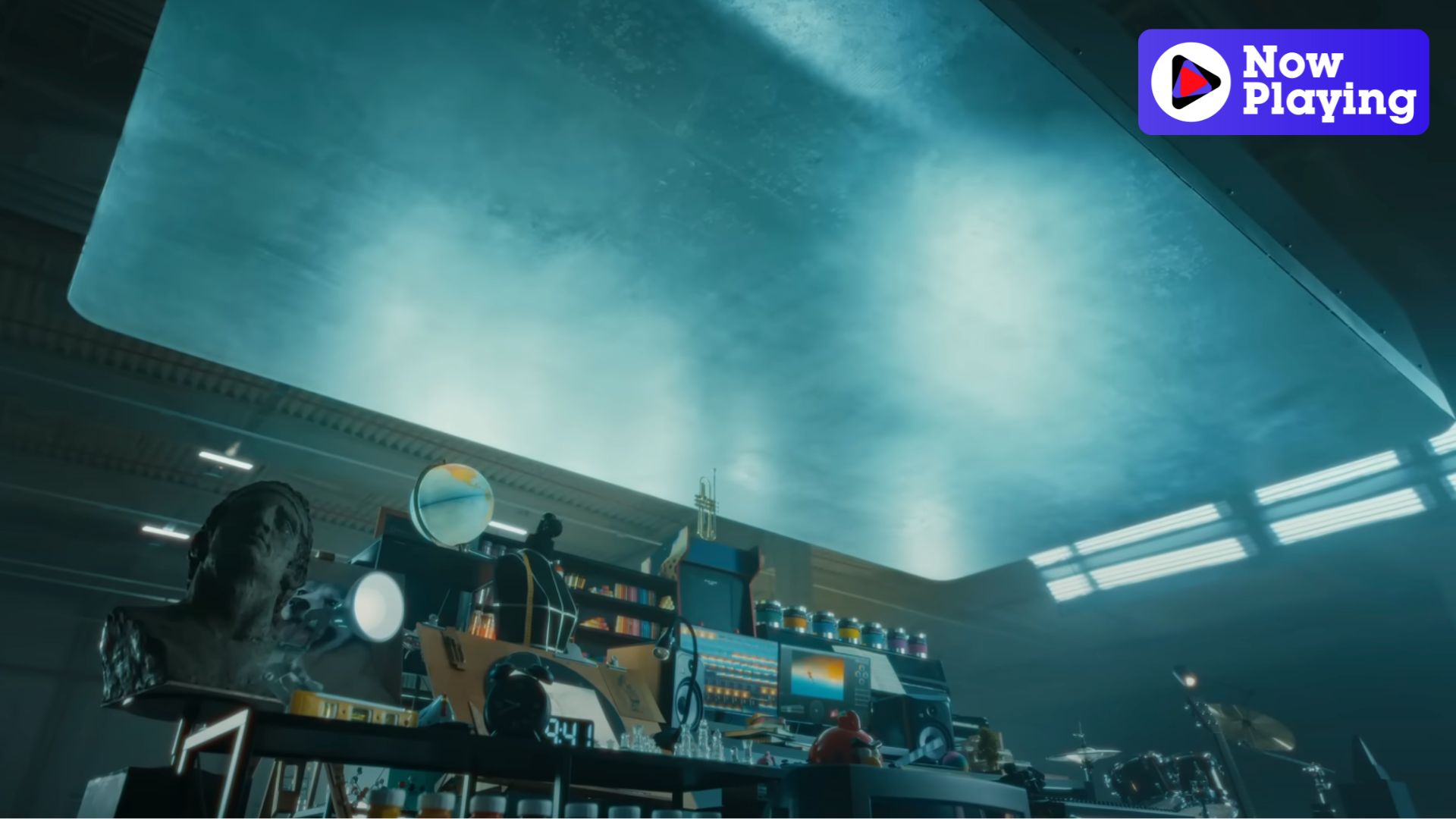
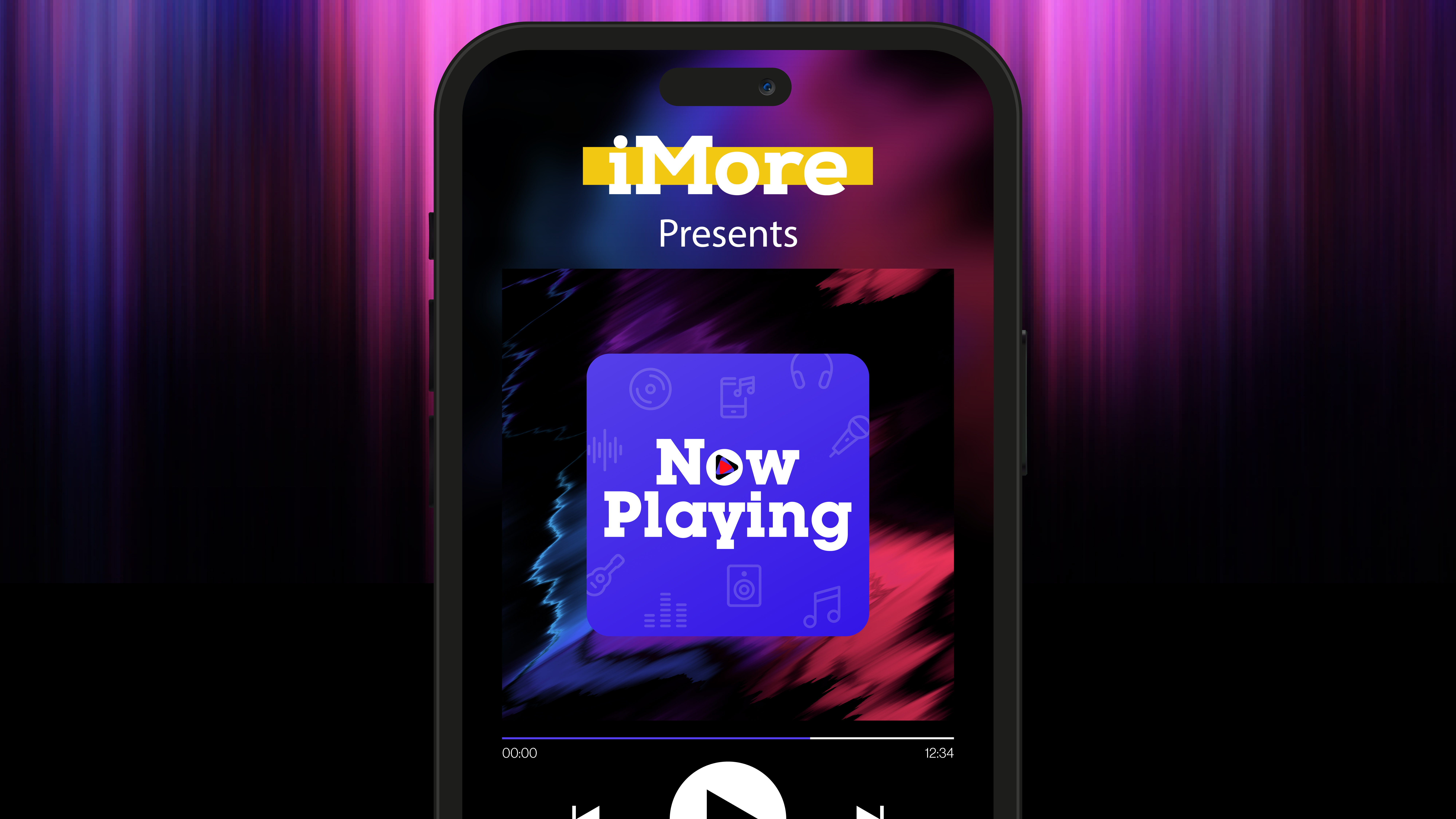
Now Playing is a weekly column from iMore's resident audiophile Tammy Rogers, looking into the state of the media streaming landscape. From headline-grabbing Apple Music exclusives to Oscar-baiting blockbuster Apple TV+ films, Apple is becoming a more recognized part of the media, arts and entertainment landscape. Now Playing will help you make sense of Apple's place in the industry.
To show how much stuff it managed to fit into the brand-new and unbelievably slim iPad Pro M4, Apple managed to create an ad that lit the internet on fire.
The ad, dubbed ‘Crush!’ was a part of Apple’s Let Loose launch event, and saw all kinds of creative tools like instruments, art materials, and books getting mashed by an enormous hydraulic press.
Ever since the ad appeared on Twitter, it’s ignited a storm of messages from users outraged over the destruction of the tools, with complaints ranging from waste and recycling to Japanese creatives angered due to a wonderful ancient belief that physical objects have souls, making their destruction tantamount to blasphemy.
Apple, seeing what it likely thought was an innocent attempt to show how compact and feature-filled the iPad Pro is and, perhaps contrary to intent, how it managed to become a catalyst that brings every creative on Twitter together to decry the reaches of technology into their space, has issued an apology over the ad.
A misjudged attempt that riled up creatives everywhere
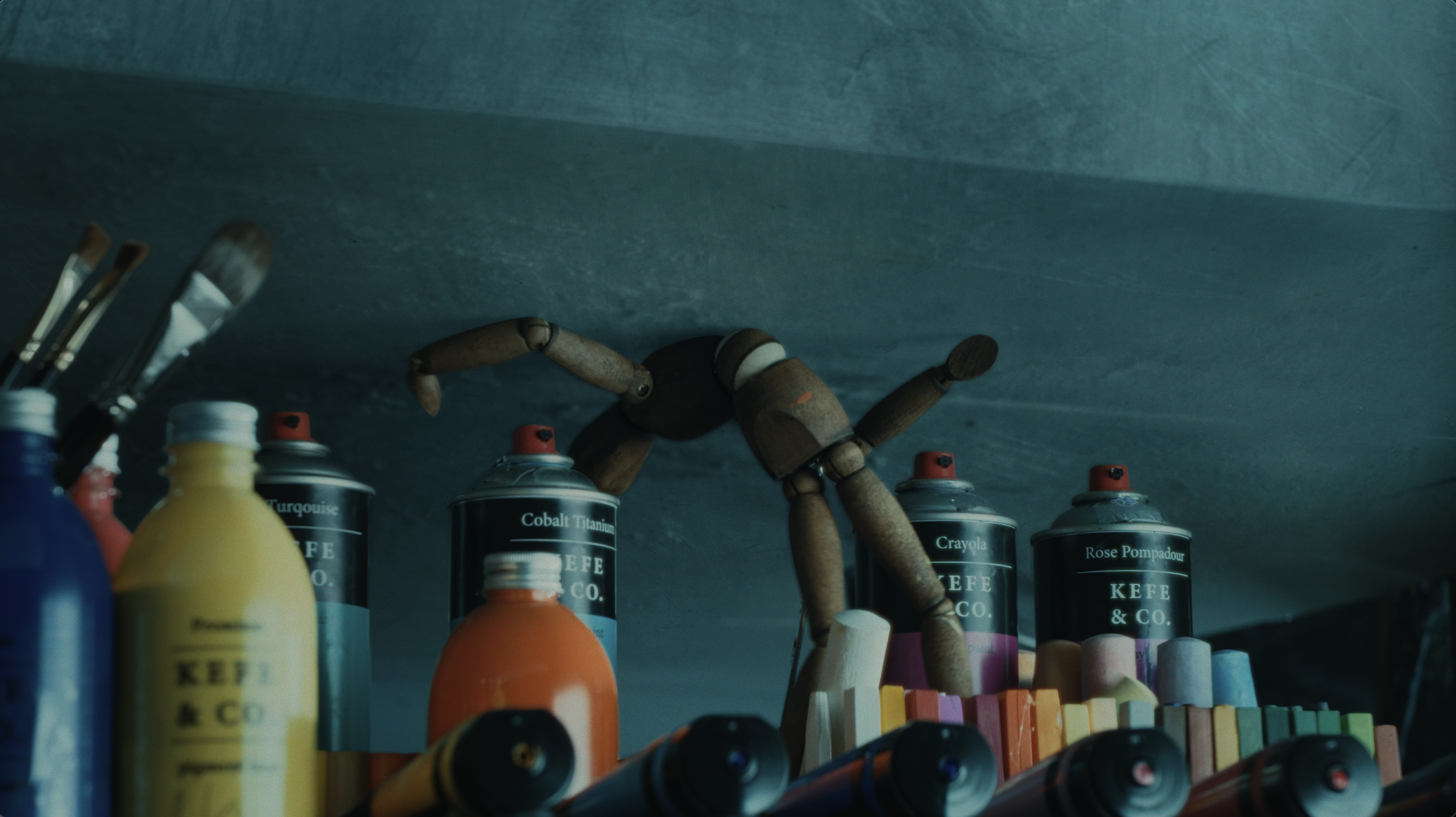
To atone for its sins, Apple has bowed its head and said ‘We’re sorry’. In a statement to AdAge that we saw through NBC News, Apple is clear that it intended not to cause any kind of offense, harm, or blasphemy to its watchers (and, in turn, most of its target audience in creative professionals).
“Creativity is in our DNA at Apple, and it’s incredibly important to us to design products that empower creatives all over the world. Our goal is to always celebrate the myriad of ways users express themselves and bring their ideas to life through iPad. We missed the mark with this video, and we’re sorry.”
In addition to the apology, Apple is also pulling the ad from its TV spots, so you’ll never have to see a rubber emoji’s eyes popping out of its stretchy face. It’s interesting, however, to think about the environment in which Apple has launched the ad, and how even just a couple of years ago it might not have created such a stir.
In addition to the apology, Apple is also pulling the ad from its TV spots, so you’ll never have to see a rubber emoji’s eyes popping out of its stretchy face.
Imagine, instead, that Apple launched the ad five years ago, when the world saw tech as something that would enhance the creative experience. iPads could be drawing tools, Macs could be music creation aids, iPhones could help you record your ideas on the go — the future, as both Apple and creatives saw it together, was bright for a tech-creator symbiosis. Had this ad been released then, it wouldn’t have been anywhere near as badly as received.
Take, for example, the LG ad that is now circulating again thanks to Twitter. It similarly uses a giant crusher to crush creative tools into a device, albeit this time with a focus on cameras and photography. The phone at the heart of the ad, the LG Renoir KC910, is a so-called camera phone with an 8MP shooter on the back, then some of the best optics attached to a smartphone. Yet the device at the heart of the advert isn’t the most important part that we need to focus on here — rather, the context into which it released, and why it didn’t receive backlash at the time.
Search through the comments on YouTube or for any articles about the ad when it came out is fruitless. Nobody cared. What was different then that’s now around to make an ad like this cause so much backlash? For one, the relationship between tech and creativity is becoming more and more strained thanks to generative AI, and what many see as a way for big companies looking to save money, and skip over creative professionals who already find it difficult to find work.
Combine that with a general distaste for content created for AI art and music, and you’ve got a bubbling pot of negative feelings toward anything that could resemble tech overtaking creativity. Enter, then, just as tensions are at their highest, Apple’s ad that crushes artistic endeavor into its thinnest and lightest iPad yet. While Apple likely didn’t intend to, it seems to have sent a message to concerned creatives feeling the weight of budget cuts and unscrupulous managers turning to alternative methods of content creation. A message that says ‘an iPad can replace all these beautiful things into one’ rather than ‘we’ve squeezed loads of stuff into the slimmest Apple device ever’.
For one, the relationship between tech and creativity is becoming more and more strained thanks to generative AI.
It wasn’t the cause of the way that people are feeling about the state of the creative industries, but the brief 30-second video became a catalyst for artists to get their thoughts and feelings known. It embodies everything that they are worried about coming real — a physical manifestation of all the things that they’re scared of.
Apple likely didn’t think this would be the case, the intent seems different to the outcome. But the moment you release something to the world, you are no longer the sole owner of the meaning of what you’ve created. You can’t stop the way that people react to something that you create, and in this case, that has backfired merrily on Apple and its ad.
Was the reaction over the top? Perhaps, but there is a very real, tangible anger from those complaining about the ad that’s impossible to ignore. As Apple heads into its AI future, it has to think long and hard about how it introduces its generative products to its audience of creatives who’ve long used its products to help them make music, art, and movies — it may have apologized, but trust is lost in but a moment.
Spotify’s continued quest to pay artists less
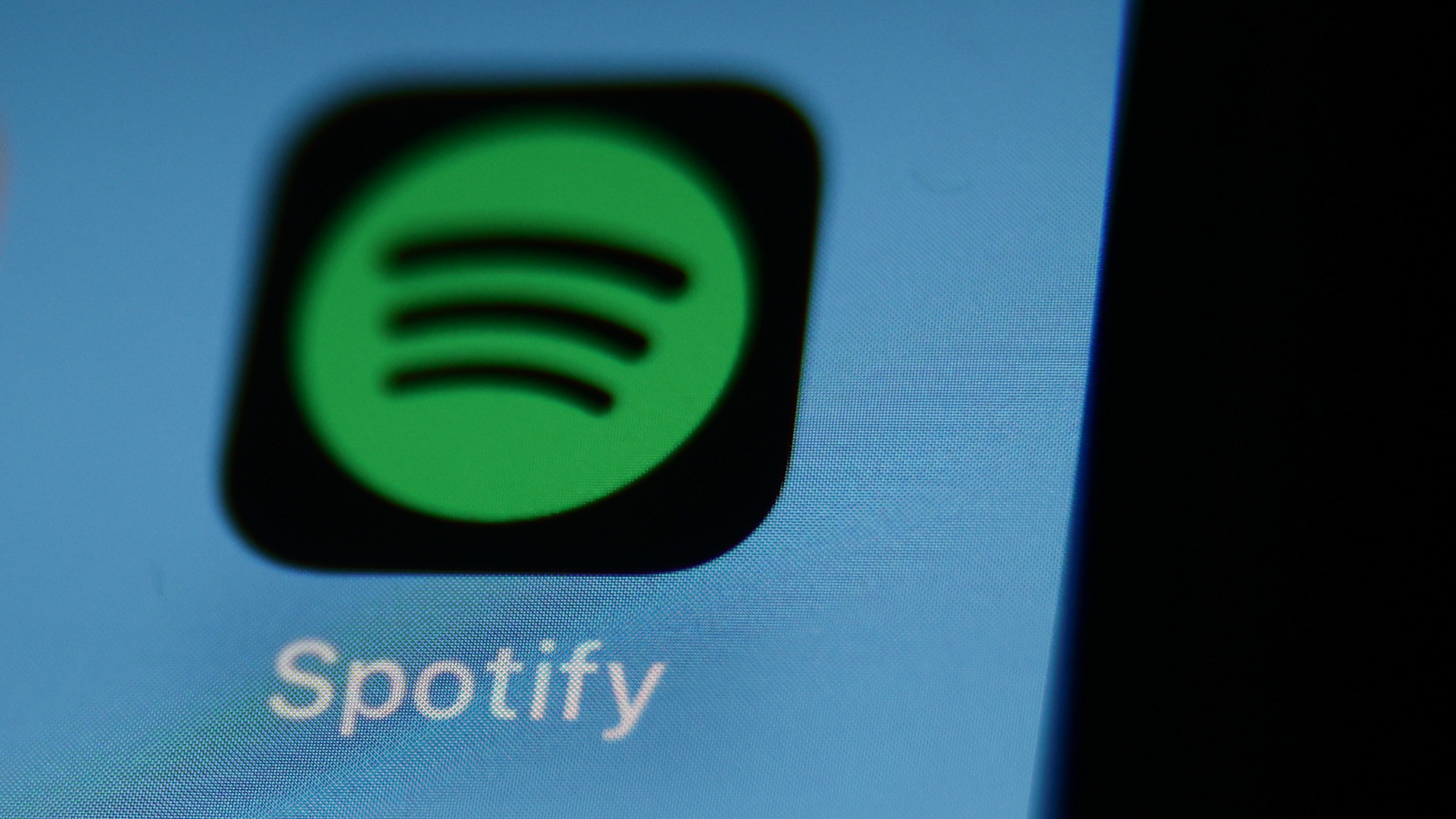
Spotify hasn’t been shy from the news recently, with its ongoing legal battle with Apple still very much lodged in the headlines. Well, while it’s using one hand to fence off Apple’s app store team so that it can get a link to its subscription options into its app for the best iPhones, it’s using the other to restructure its commissioning rates for artists — and the latter party isn’t too happy about it.
According to Billboard, Spotify has started to reclassify its deal with artists and creators on the app. Only last year there was a shift in revenue that saw massive numbers of artists now receive nothing for their artistic endeavors — and this new restructuring seems to be even worse. Somehow.
Now that Spotify has added audiobooks to its premium subscription, the streamer now argues that there are more licensing costs to pay per subscription — in essence, that it now has more things to pay with your $9.99 per month. Who else should shoulder this extra cost, Spotify thought, than its bread and butter, the reason it's able to exist?
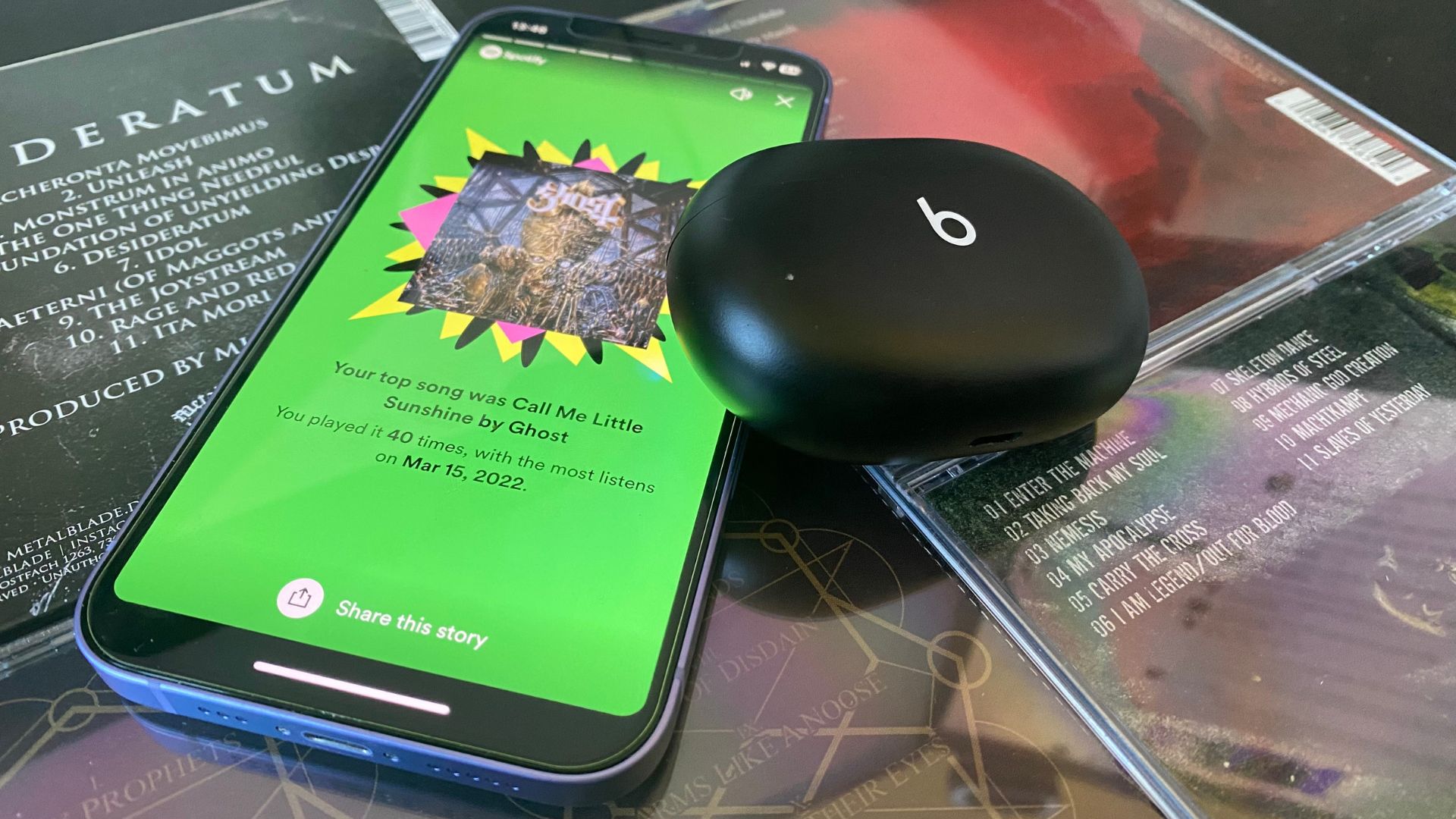
To save money, Spotify will now pay artists a “discounted “bundle” rate”, and “reclassify its duo and family subscription plans as bundles as well.” The idea is that it will combine royalties from its three subscription options, paying artists less overall. To show how much artists will be losing out over this restructuring, Billboard did some maths in the article above and ended up with a total of $150 million lost for artists on Spotify. Ouch.
To make matters worse, Spotify doesn’t seem to need to save money — the company is growing, according to Spotify user stats. What it does now risk, however, in annoying its artists, is users and creators moving to alternative streaming platforms with better royalty rates that don’t cost the end user more to use.
There are rumblings that Spotify is going to up the cost of its premium subscriptions to $10.99 a month, bringing it directly into firing range of the likes of Apple Music, the recently reduced TiDal, and Amazon Music. Where these services all cost a dollar or so more than the green circle at the moment, another raise in Spotify’s cost would make for convincing price parity between all the options. Would a mass exodus of artists make the audiobook addition worth it? Only time will tell, but Spotify’s profiteering might become its undoing.
Apple just made Apple Music even better for labels and distributors
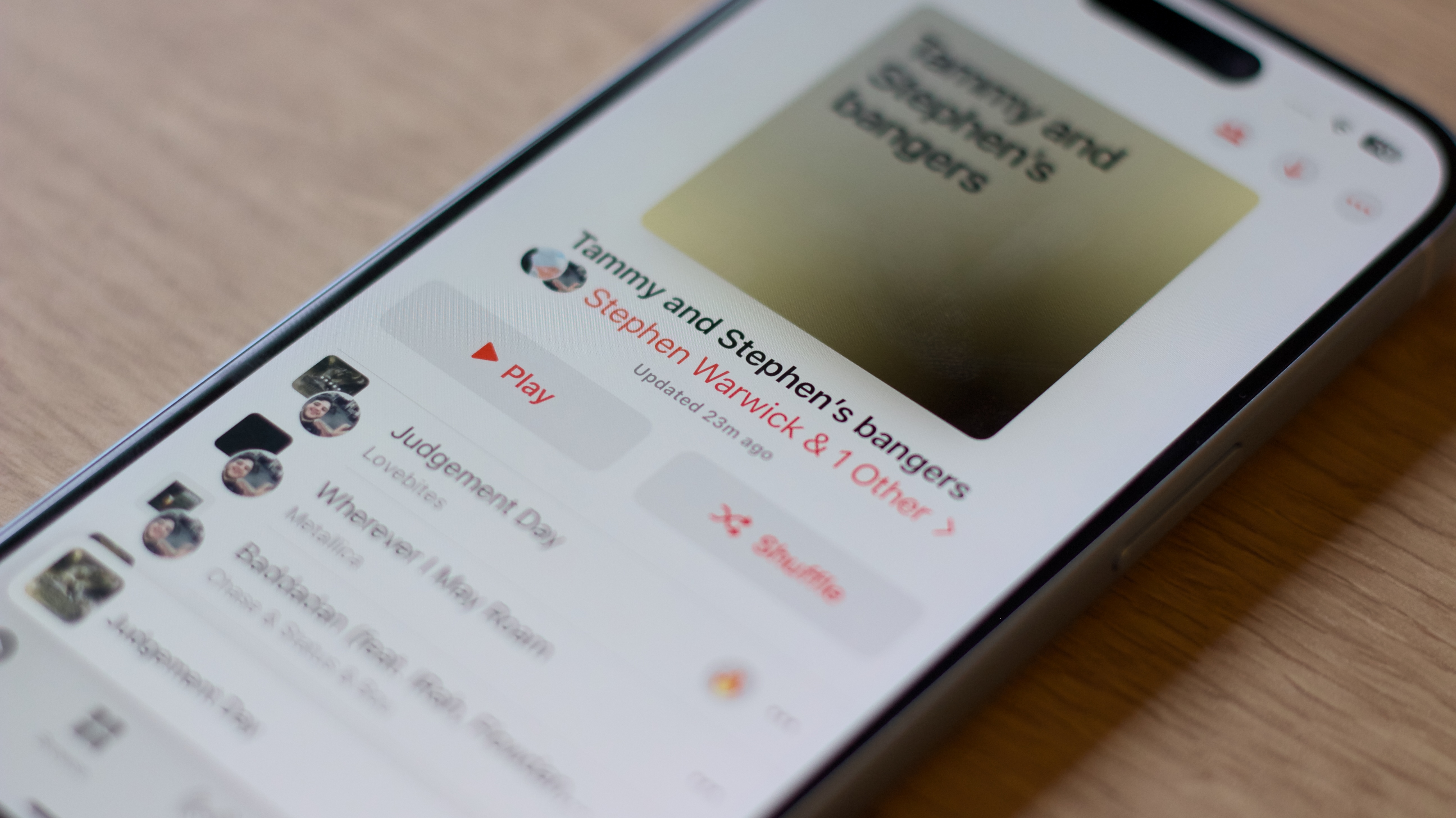
Apple already has an excellent way for artists to view metrics of their music and its streaming, but the firm just launched a new way for their teams to view trends and more with its called ‘Apple Music Partner Program’. This gives labels and distributors ways to view different, so-called ‘premium metrics’, allowing users to track artists' milestones with tools like ‘Chart Explorer’.
The news comes via Music Business Worldwide, which goes into more detail about the new program, which came to Apple Music on May 9th. For the front-end user, it’s not going to mean much, but for artists and their teams, it's going to be a useful way to see how their music is doing as they release it to the world.
Apple apologizes, And Spotify makes things worse
While the two companies battle it out in the App Store, Apple and Spotify have their own issues that make life difficult. Apple’s apology was the admonition of guilt, an understanding perhaps of not what it did wrong, but rather that it wasn’t expecting quite so much backlash to its advert. It points to a potential pain point in its upcoming AI releases, and highlights how careful it's going to have to be — and even more careful now that it's already trodden on the proverbial cat's tail.
It points to a potential pain point in its upcoming AI releases, and highlights how careful it's going to have to be.
Meanwhile, Spotify risks completely alienating its artists with more weird decisions around its commissions and royalties. There’s a kind of tightrope that streamers have to walk when it comes to the artists on its platform, and it seems like Spotify might be getting slightly too cocky and trying a backflip before it’s managed to stabilize itself properly. And before you even think about adding more cost to the subscription, lads, there’s something missing that everyone has already added in — where’s our HiFi streaming option?
Either way, it’s another week of Apple and Spotify news. Hopefully, there’s something new in the mix next time, because if I have to think about the various missteps of the most popular streamer on earth, I’ll book a plane to Sweden and mash some heads into desks myself.
What to watch

Dark Matter
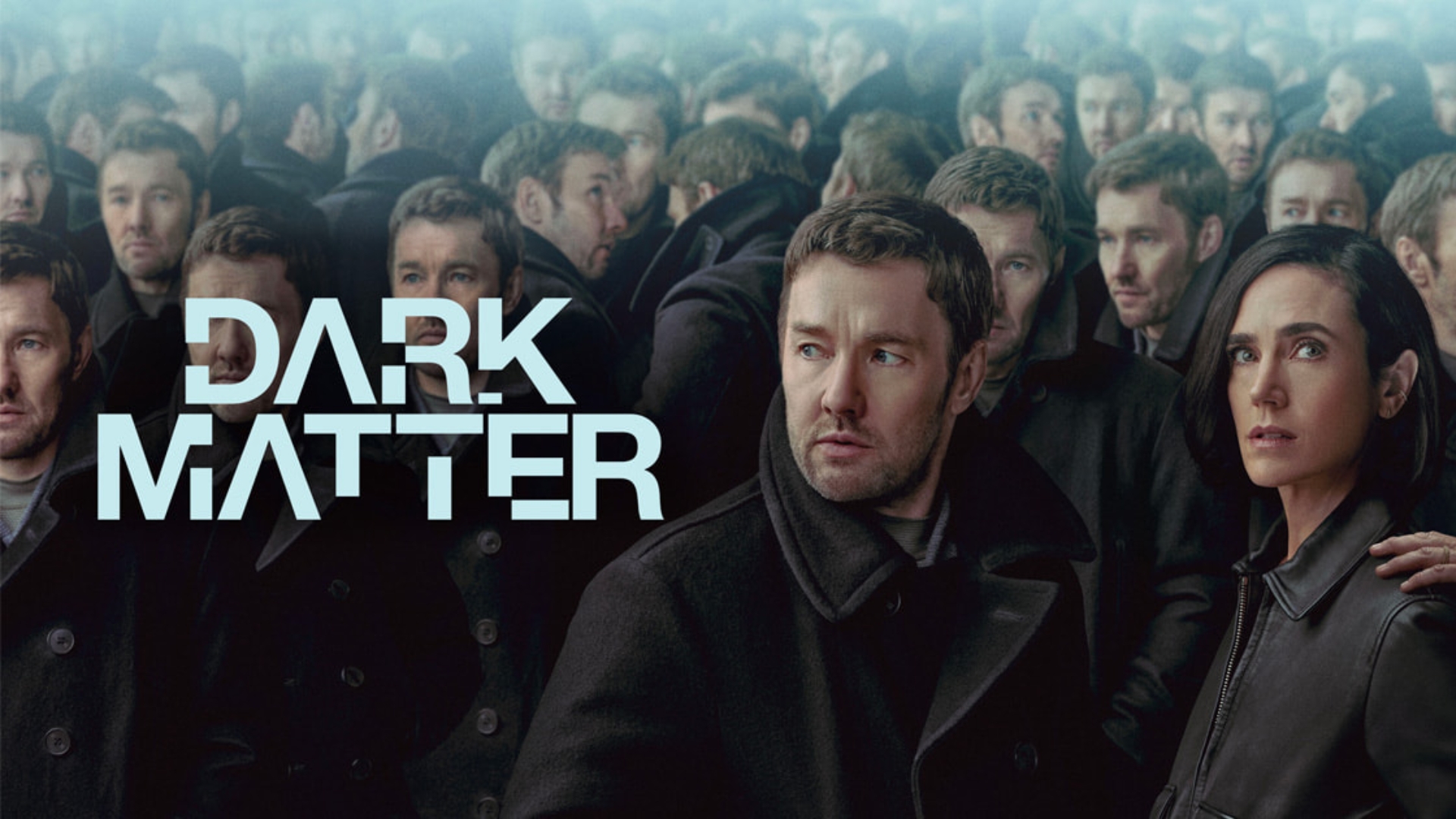
Given that it's a mystery TV show where writing too much about it would give too much away we’ll instead give you the Apple TV+ blurb of the show so that you can make up your mind if it is something that tickles your TV glands:
"Jason Dessen is abducted into an alternative version of his life. To get back to this true family, he embarks on a harrowing journey to save them from the most terrifying foe imaginable: Himself."
Staring Joel Edgerton, Jennifer Connelly, and Alice Braga, you can watch the first two episodes of Dark Matter on Apple TV+ now. First impressions from someone who’s seen those two first episodes (that’s me!) are of a well-crafted, tense thriller that has some excellent action and a tantalizing mystery. Edgerton does an excellent job as main character Joel, and his joint lead Connelly is, as always, special to watch. One for fans of hard Sci-Fi this one.
Shogun

No, it’s not on Apple TV+, but you can still watch it on your Apple TV with the Disney Plus app. The Samurai epic is now finished, and what a ride. With twists and turns a plenty, it's easily one of the best TV shows of the last ten years, featuring an incredible story and some excellent characters.
In 1600, an English pilot and navigator ends up washed up in Feudal Japan. He quickly becomes a part of the plans of local Lord Yoshii Toranaga, who desires for power and influence in a Japan without a Shogun. Based on the book of the same name by James Clavell (which is also excellent), Shogun is a tale of backstabbing politics, Samurai honor (or lack thereof), and the influence of foreign powers who think they have more control in distant lands than they actually do.
It's easily one of the best TV shows of the last ten years.
The leads are incredible, and while Cosmo Jarvis’ English accent while playing the main character Blackthorne might seem over the top, you quickly get used to it. The most praise goes to Hiroyuki Sanada and Anna Sawai, however, who play Lord Toranaga and Japanese interpreter Toda Mariko respectively.
Toranaga is threatening yet benevolent, never revealing too much of his plan — and Sanada is terrifying in the role. Mariko is reserved yet powerful, and Sawai is almost certainly one of the best parts of the whole show. Boot up Disney Plus and give it a whirl the next time you sit down to watch something on your Apple TV — it is excellent. The whole thing is available to stream now.
What to listen to

You Won’t Go Before You’re Supposed To — Knocked Loose
Bringing a righteous fury and a massively manageable 27-minute runtime, the latest 10-track album from the Kentuckian hardcore crew brings the breakdowns. Thick, heavy, and absolutely furious, You Won’t Go Before You’re Supposed To is a triumphant return to form with some brilliant features from Poppy and Chris Motionless. About as subtle as a brick to the face as always, but loads and loads of fun. See you in the pit!
Radical Optimism — Dua Lipa
Pop diva Dua Lipa is back, fresh with some more disco-inspired beats on her latest album. Thick, driving string basslines drive a deliciously smooth time that doesn’t stray too far from what came before but builds on what was already a solid base in Future Nostalgia. Engaging, fun, sultry pop music from one of pop's most accomplished artists.
Eurovision 2024 Playlist
IT’S TIIIIIIIME! The Eurovision Song Contest which features nations that are nowhere near the European continent is almost upon us, and the official playlist is available before the show for us to listen to on Apple Music. There are all kinds of genres on offer here, from bizarre comedy industrial metal to some Eurobeat, and even some artists you might recognize.







